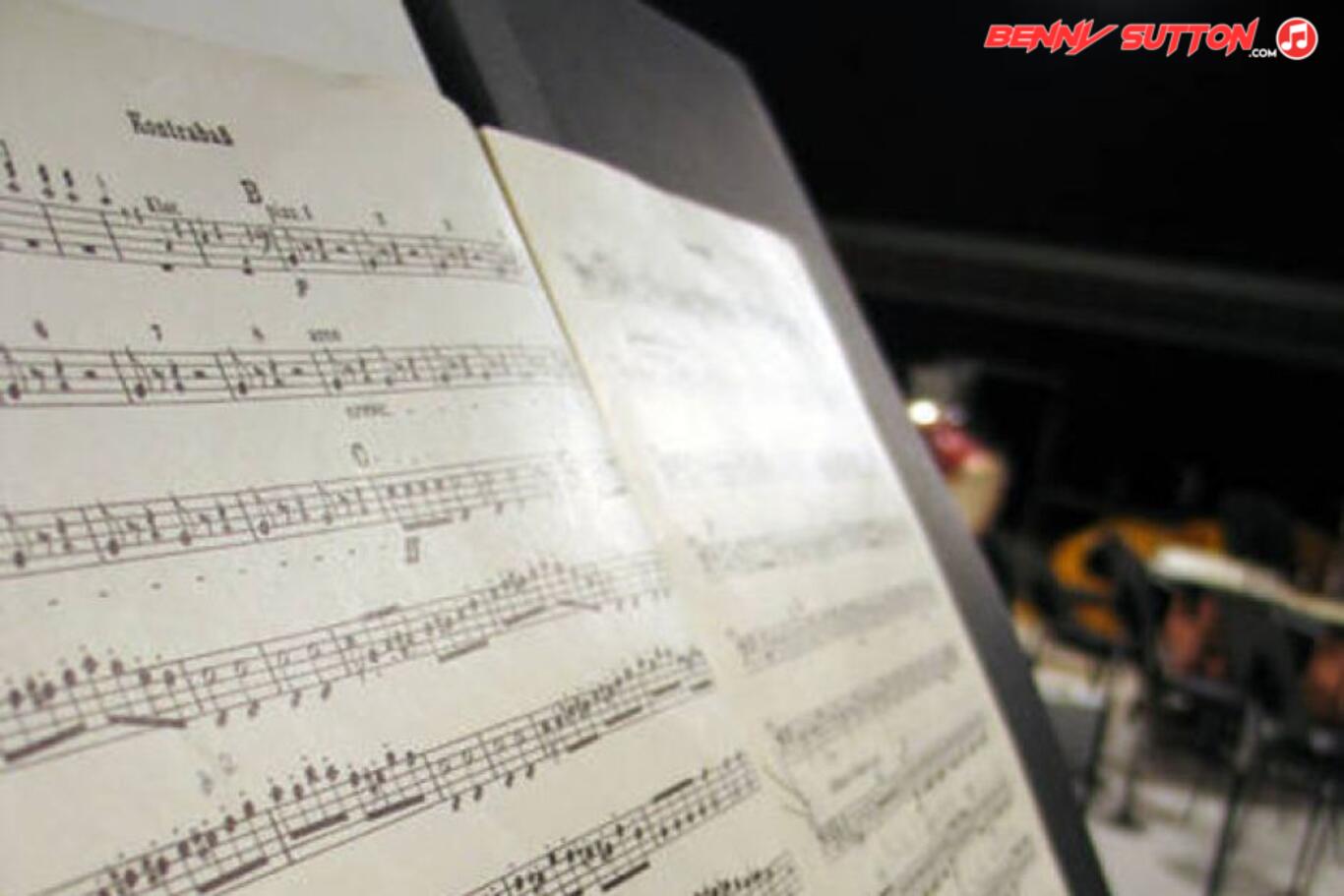Continuous slide between pitches (strings, trombone, harp pedals); notational diagonal line or text.
Glissando (from the French glisser, “to glide”) is the smooth slide from one pitch to another, passing through all the notes in between. It’s a gesture of motion—expressive, dramatic, or playful—used to connect tones in a continuous sweep rather than discrete steps.
On different instruments, it takes many forms:
- Strings: the finger slides along the string while maintaining pressure, creating an audible pitch glide.
- Trombone: the slide moves between positions for a seamless shift in pitch.
- Piano and harp: a rapid sweep of the fingers across consecutive notes—more of a fast scale than a true continuous slide.
- Voice and fretless instruments (like fretless bass or violin): true pitch bending, where every microtone between start and end is heard.
In jazz and blues, glissandi are expressive ornaments—saxophonists like Johnny Hodges or guitarists like B.B. King used them to imitate the human voice, turning melody into speech. In classical and film music, they can sound lush or cinematic (think of Ravel’s harp glissandi or Hollywood string swoops).
In modern production, glissando is achieved through pitch bend automation or portamento on synths, allowing notes to slide into one another. It’s a staple in electronic leads, 808 slides, and cinematic sound design.
A good glissando is controlled—it lands exactly on target, not approximate. Used tastefully, it adds expressivity and connection, bridging notes in a way that pure articulation never could.
